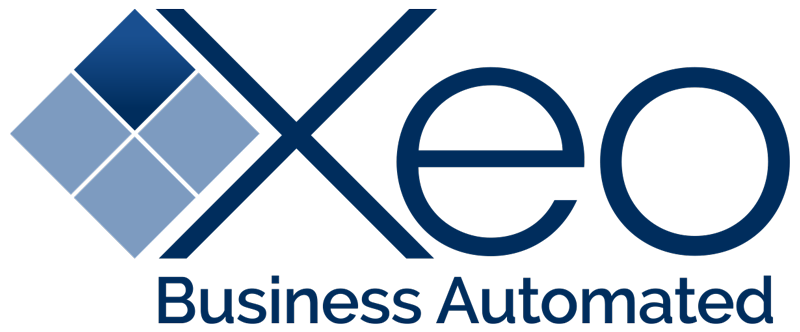Just because you collect analytics and data on your company’s performance doesn’t mean you have all the information you need to be successful. If you really want to get the most from your data, it has to be displayed and reported in an actionable way—otherwise you’re just wasting your time and money. To this end, Xeo offers customized software and dashboard solutions to help your company with data and business intelligence reporting.
6 Major Signs to Look for
Our tools put actionable information at your fingertips so you can focus on the data that matters to you. Not sure you need to invest in business intelligence reporting just yet? Here are six major signs you do:
- You’re collecting data, but you don’t know how to use it. Collecting data is one thing, but learning how to analyze, interpret and act on it is a different story. Proper business intelligence reporting gives you a way to view information as it relates to your company as a whole, showing you the big picture. This bird’s eye view sheds light on trends, reveals potential problem areas and helps guide your company’s overall strategic direction. Let’s look at an example: say you own a chain of grocery stores. Your data tells you that one store consistently sells more than all the rest, but how can you use that information to better your company? Through intelligence reporting, you can drill down into the deeper areas of that data: what products are sold more at that store? What products are sold less at other stores? Are client loyalty cards bringing more repeat business? This can help you change the focus of your marketing and your product selection to improve sales and profits at other locations.
- You’re producing data reports manually. If you’re not currently using a dashboard or customized software for your business intelligence reporting, you’re likely wasting time and effort. Manual reporting can take days or even weeks longer than software, and it prevents you and your team from tending to the business itself. Additionally, manual reporting makes it hard to stay current. Since reports are usually issued on a weekly, monthly or even annual basis, you end up compiling historical data, and your final reports may not include the last few days’ information.
- Waiting on data is causing a bottleneck. Manually handling your business intelligence reporting can also lead to bottlenecks, both in the workflow and the decision-making process. Often, executives and higher-ups need a particular piece of data before they can move forward with a decision or new business deal. While they wait on that data report to be manually produced, the rest of the workflow may stall. This results in decreased efficiency and productivity, the costs of which add up quickly. With custom reporting software, you don’t have to wait on manual reports to be produced, and you can make decisions without interruptions to your workflow.
- You’re still using spreadsheets. If you’re using unwieldy spreadsheets to keep track of data, it’s time to invest in business intelligence reporting software. As your business grows, spreadsheets can no longer fulfill all of your data management needs. They’re hard to keep track of, make version control and permissions difficult, and may need to be emailed back and forth when collaborating. With customized dashboard software, entering data and producing reports just takes a few clicks and can save you and your team days of work.
- You don’t have a bird’s eye view of your company. To make the best possible decisions for your company, you need the entire picture: how you’re performing compared to last year and the year before, how you measure up in your industry, how your sales are trending, etc. With traditional reporting, gaining this type of big picture is challenging and labor intensive. The person creating the report has to know what data points to focus on and how best to display them. This is where a customized dashboard can assist, since it gives context to your reporting. You can quickly and easily view your data in relation to historical information and in a pie chart or graph form, and you can get an overall feel for how your company compares. Using this knowledge, you can make the right decisions to improve your brand.
- You have many disparate departments, each with different data needs. Chances are, your company has multiple departments, and each one has unique needs when it comes to data reporting. The IT department needs web analytics and e-commerce sales, the marketing department needs client leads and ad spend, and the executives want a little bit of everything. With manual reporting, you’ll spend days gathering all that information for the appropriate data silos, compiling it into a coherent report and sending it off. On the other hand, if you have a business intelligence reporting tool, managing data points from different data silos is easy. Employees can filter and find the data they need on the fly—right from their workstation.
Try Our Free Dashboard Software
A customized business intelligence reporting tool can truly change the way your company performs. To see for yourself, try our free online dashboard platform, or contact the Xeo team today through our online form. We’ll be glad to assist you with any questions you may have about our dashboard software or business intelligence reporting tools.

































